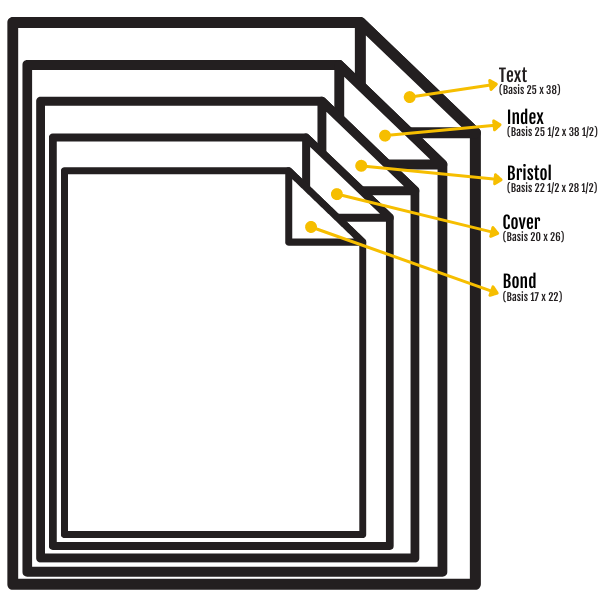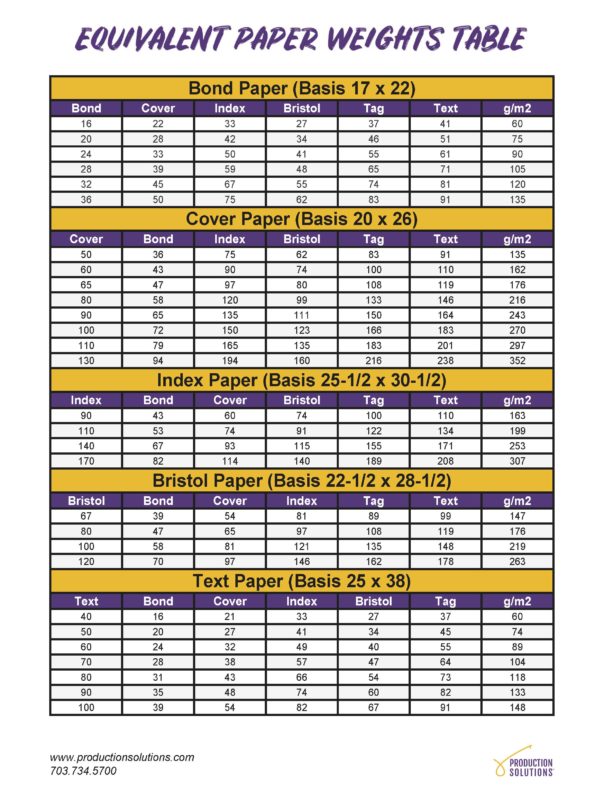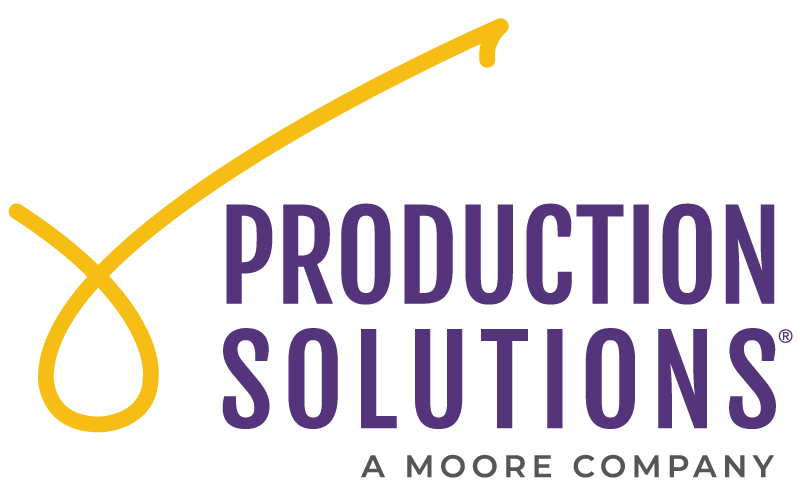Paper Choices: How We Know What Type of Paper to Use!

Meredith Carlton
Account ManagerThere are many things to consider when choosing paper. What is the intended use? Will the recipient need to write on the paper to return it to the sender? Do we need a special color for the paper?
First and foremost, I like to consider what the paper will be used for and what the goal of sending it is. If the recipient will be writing on the paper and sending it back to the sender, I choose a nice uncoated stock that has good writability and will not smudge. If we have an eye-catching image, I like to pick a coated, thicker stock with a glossy finish so that the image “pops” and catches the recipient’s attention, and promotes the call to action, too.
tactile
Paper comes in all different thicknesses and finishes; I prefer to choose the thickest option that will not increase the postage.
The tactile feel of different finishes is also popular – uncoated paper is available in wove, linen and laid. These finishes have that tactile feel.
Of course, our client’s needs are the most important deciding factor for choosing paper. Would you like a special color for a carrier envelope or a return envelope?
Along with all the thicknesses and finishes, paper can also come in a variety of colors. A green envelope coming to your mailbox may encourage you to open the envelope.
There are many choices for recycled paper as well, and we can go one step further with chain of custody certified papers, such as FSC or SFI. (For more information on sustainable paper options, see our previous blog post on Green Paper!)
coated paper.
The artwork also plays a factor in choosing the paper. If we have heavy ink coverage and are using four color process, we need to choose a thick paper, and most likely a coated paper to gain that image–pop. This will also help the printing press print a cleaner and clearer image. When printing one or two colors, a thinner, uncoated paper works out great.
When printing letters, I like to go for a brighter paper with more opacity to help reduce show–through. This helps with readability for the recipient.
Of course, price also plays a role in paper choice. We have so many options with paper these days, there is always a bright, economical choice.
The weight of a sheet of paper based on standard size is called the basis weight. Paper types are categorized by their base size in the US, and the base sizes are used to calculate the paper’s basis weight.
The basis weight equals the ream (500 sheet) weight of the base size. The starting base size is not the same between paper types, so the basis weights do not correspond directly (80 Text is much lighter than 80 Cover). See the following image to visualize basis weights!

See the paper weight chart below! It provides the equivalent basis weights between paper types as well as the corresponding g/m2.
Here at PS, we can always help you choose the right paper for your needs!

About the Author

Meredith Carlton
Account ManagerMeredith, an optimistic thought leader, is an Account Manager and she has been serving with PS since 2020. Meredith has been in the industry for over five years, and her commitment to impeccable service experiences for her clients makes her an invaluable asset to the PS family. Meredith’s friendly demeanor and supportive and patient attitude add to her ambition to deliver remarkable work and results each and every day.
Meredith was born and raised in the metro Washington area and currently lives in Springfield, VA with her husband, Kevin and her two French Bulldogs, Toby and Bella. Meredith enjoys walking, reading, crafting and watching football.





